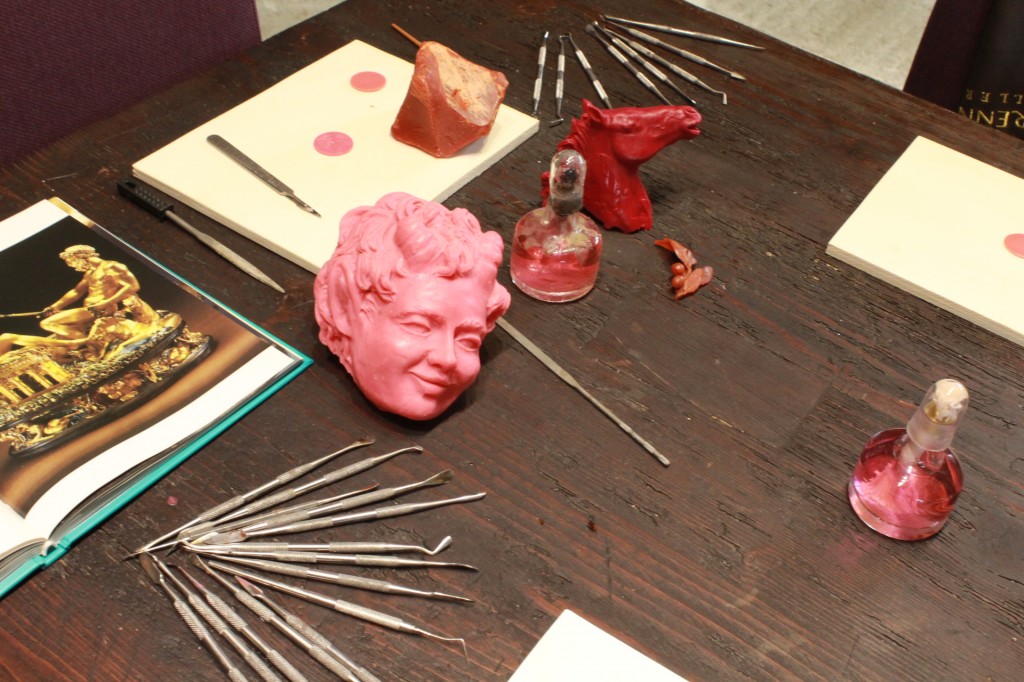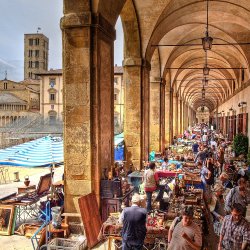The goldsmith tradition of Arezzo and sorroundings
Step inside a workshop and discover how jewelry is made
Arezzo is one of the gold capitals of the world: there are thousands of companies that carry on the ancient goldsmith tradition.
This art spread between the 14th and 15th centuries, but it was born even earlier: the Etruscans worked this precious metal by implementing certain techniques that are still used in workshops today.
In fact, the museums of Arezzo and its territory, particularly in Cortona, hold many testimonies of the Etruscan goldsmith's art dating back as far as the 6th century BC.

In the history of goldsmith production in Arezzo, objects for ecclesiastical purposes and jewelry for personal adornment of the popular type have a privileged place.
The Arezzo gold revolution took place in 1926, when the foundations were laid for large-scale production from which hundreds of companies active in the Arezzo area, Valdichiana and Valtiberina came into being.
Craftsmanship still follows ancient manual processes: lost-wax investment casting, embossing, granulation, filigree, engraving, fretwork or molding. Almost everything is handmade, from the design of the jewel to the preparation of the metal alloy, via all the stages of execution during which the craftsman intervenes to touch up, assay and shape cold or over the flame with chisels, pliers and files, to grind, satin and polish.
The beauty of gold often meets that of precious stones set in fine jewelry.



























































































